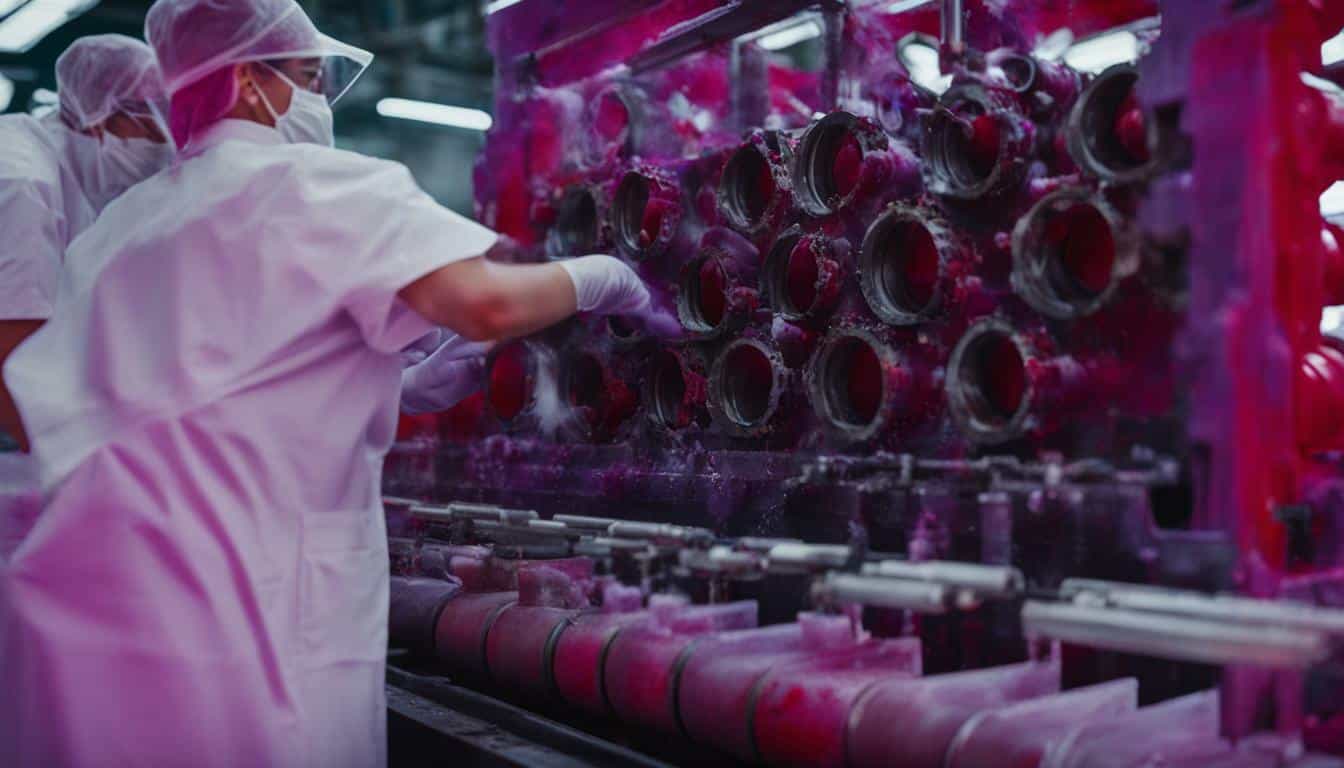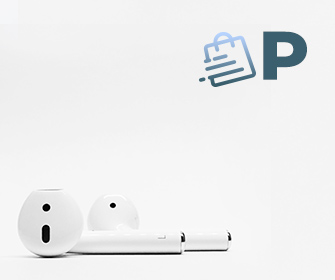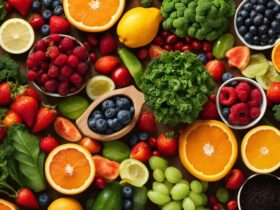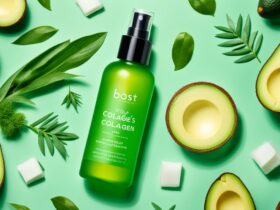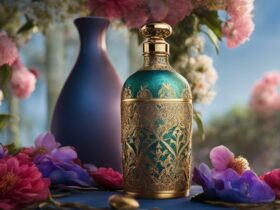Lipstick has been a staple of the beauty industry for centuries, but have you ever wondered how it’s made? The process of creating a single tube of lipstick involves a careful blend of artistry and scientific precision. ลิปมันยี่ห้อไหนดี In this article, we’ll uncover the step-by-step process of how lipstick is made in a factory, from gathering ingredients to the final product.
Key Takeaways
- The lipstick manufacturing process involves a careful blend of artistry and scientific precision.
- Understanding the ingredients used in making lipstick is crucial to the production process.
- Mixing and melting the ingredients to achieve the desired consistency and color is a key step in the manufacturing process.
- Pigmentation and fragrance play a significant role in creating the perfect lipstick, and are added during the manufacturing process.
- Molding, cooling, and packaging are the finishing touches that complete the production process and ensure overall product excellence.
Understanding the Ingredients
Before you can create the perfect lipstick, it’s essential to understand the key ingredients that go into it. These ingredients determine the final product’s color, texture, and overall quality. The manufacturing of lipstick involves a careful balance of waxes, pigments, oils, and emollients.
The process begins with the selection of high-quality waxes, such as beeswax, carnauba wax, or candelilla wax. These waxes provide the necessary structure that keeps the lipstick in its familiar shape. The proportion of each wax used in the formulation determines the lipstick’s stability, firmness, and melting point.
The next critical ingredient is pigments, which give the lipstick its color. Pigments are usually derived from natural sources like minerals, but synthetic pigments are often used to achieve bright and vivid colors. The amount of pigment added to the formulation determines the lipstick’s opacity and intensity.
Oils and emollients like castor oil, jojoba oil, and Shea butter are then added to the mixture. These ingredients are responsible for the lipstick’s smoothness, moisturizing properties, and overall feel on the lips. The right combination of oils and emollients is essential for achieving the desired texture and performance.
After these ingredients are carefully selected and measured, they are mixed together to create a smooth and homogenous mixture. Once the formulation is complete, it’s ready to move on to the next stage in the lipstick manufacturing process.
Mixing and Melting the Ingredients
Once the ingredients are gathered, lipstick manufacturing techniques involve the next step, which is to mix and melt them together. This step requires precision and expertise to achieve the desired consistency and color. Lipstick factory operations use specialized equipment to ensure uniform mixing and heating of the ingredients.
The first step in the mixing process is to melt the waxes and oils at a controlled temperature. The emollients are then added to the melted mixture to create a smooth texture. Once all the ingredients are mixed, pigments and fragrances are added to give the lipstick its desired color and scent.
The lipstick mixture is then poured into molds that have been preheated to the correct temperature. The molds are designed to create the desired shape of the lipstick. Traditional molds are cylindrical and can produce several lipsticks at once. However, innovative designs are also used to create unique lipstick shapes and textures.
After pouring the mixture into the molds, the next step in lipstick manufacturing techniques is cooling. The molds are cooled to a specific temperature to allow the mixture to solidify and take the shape of the mold. Once the lipstick has cooled and solidified, it is removed from the mold and inspected for quality.
Overall, mixing and melting the ingredients are crucial steps in the manufacturing of lipstick. It requires expertise and precision to create the perfect texture and color. Lipstick factory operations use specialized equipment to ensure the uniform mixing and heating of ingredients.
Adding Pigmentation and Fragrance
After the ingredients are mixed and melted, it’s time to add the pigments and fragrances that give lipsticks their unique colors and scents. This step is crucial as it provides the final touches that make a lipstick stand out.
The pigmentation process involves adding colorants that determine the shade of the lipstick. The colorants can be in the form of powders, liquids, or pastes, and are carefully selected to achieve the desired hue. The amount and type of pigment used can also affect the texture and finish of the lipstick. For example, a higher concentration of pigment will result in a more intense color, while a lower concentration can give a sheer or glossy effect.
Next, fragrances are added to give the lipstick its signature scent. Some lipsticks have a distinct fragrance, while others are fragrance-free. The fragrances used are generally synthetic, as natural fragrances can be unstable and may not last as long. The addition of fragrances is carefully measured to ensure that the scent is not too strong or overpowering.
The addition of pigmentation and fragrance is crucial in the lipstick production process. It is the step that adds personality and uniqueness to each lipstick, making it stand out in the market. The next step is molding and cooling, which we will explore in the following section.
Molding and Cooling
After the mixture has been prepared, it enters the molding and cooling stage. This is where the lipstick takes its final form, ready for packaging and distribution. The molding process is key to creating the desired shape and texture of the lipstick, whether it’s a traditional bullet or a more innovative design. The molds used are specially designed to ensure that the lipstick is consistent in shape and size.
Once the lipstick has been molded, it’s time for the cooling process. This is where the lipstick solidifies and sets, ensuring that it will hold its shape and maintain its texture once it’s applied. The cooling process is carefully monitored to ensure that the lipstick sets properly, and that it is at the right temperature before moving on to the next step.
The lipstick manufacturing industry has come a long way since its inception, with new techniques and technology constantly being developed to improve the process. And whether you’re using a classic shade or experimenting with something bold and new, it’s fascinating to consider the intricate steps that go into the production of this beloved product.
Quality Control and Testing
Quality control is an integral part of the lipstick factory operations. Every step of the manufacturing process is subject to strict quality checks and testing procedures to ensure the final product meets the highest standards of consistency, safety, and excellence.
Once the lipstick is molded and cooled, it undergoes a series of tests to confirm its quality. These tests include visual inspections of the shape and color, as well as physical tests to check its texture, durability, and moisturizing properties.
Additionally, the lipstick is subjected to microbiological testing to ensure that it’s free from harmful bacteria, yeast, and molds. This testing is particularly important in complying with health and safety regulations, and it guarantees that the lipstick is safe for use.
Any lipstick that doesn’t pass the quality checks is removed from the production line and disposed of properly. This ensures that only the highest quality lipsticks make it to the market, and it helps maintain the reputation of the manufacturing company.
Packaging and Labeling
Once the lipstick is molded and cooled, it is time for the final stages of production – packaging and labeling. The packaging of a lipstick can vary greatly, from traditional tubes to unique designs that cater to the latest trends. Regardless of the packaging design, the ultimate goal is to ensure that the lipstick is presented in an appealing and functional manner.
In the lipstick production line, automated machinery is used to package the lipstick. The machines wrap the product in a thin, clear plastic film, which protects it from damage and preserves its quality. The wrapped lipstick is then inserted into a tube or casing that can be made of various materials, such as plastic, metal, or even bamboo.
Labeling is another crucial aspect of the packaging process. The label not only identifies the product but also provides crucial information about its ingredients, manufacturer, and usage instructions. In the manufacturing of lipstick, packaging and labeling are highly regulated to ensure that products meet safety and quality standards.
Manufacturing of lipstick involves intricate processes, from selecting the right ingredients to achieving the perfect shade and packaging it appropriately. The attention to detail and quality control measures ensure that each lipstick is not only visually stunning but also safe and reliable for consumers.
Conclusion
In conclusion, the manufacturing of lipstick is a fascinating process that involves a blend of artistry and scientific precision. From the selection and blending of ingredients to the rigorous quality control measures, each step contributes to the creation of the perfect lipstick.
It’s important to understand the key ingredients used in making lipstick, from waxes to pigments, oils, and emollients. Once the ingredients are gathered, the next step is to mix and melt them together using specific techniques and machinery to achieve the desired consistency and color.
Pigmentation and fragrance play a crucial role in creating the perfect lipstick. The addition of these elements during the manufacturing process is carefully considered to achieve a wide range of shades and scents.
Once the mixture is ready, it is time for molding and cooling. The techniques used to shape the lipstick, from traditional molds to innovative designs, ensure the proper setting of the lipstick.
Quality control is paramount in the lipstick manufacturing industry. Rigorous testing procedures and quality checks take place to ensure consistency, safety, and overall product excellence.
Finally, packaging and labeling are the finishing touches that give lipsticks their final presentation. The various packaging options and labeling requirements are carefully considered along with the machinery and processes involved in this stage of production.
Appreciate the Lipstick Creation Process
Next time you swipe on your favorite shade of lipstick, take a moment to appreciate the intricate process that goes into its creation. Whether it’s a bold red or a subtle pink, each lipstick has a unique story and a careful process behind it.
FAQ
Q: How long does it take to make a lipstick?
A: The manufacturing process of a lipstick can vary, but on average, it takes around 2-4 hours from start to finish.
Q: Are all lipsticks made using the same process?
A: While the basic steps of lipstick manufacturing are similar, different brands and formulations may have variations in their processes to achieve their desired outcome.
Q: Are the ingredients in lipsticks safe for use?
A: Yes, lipsticks undergo rigorous testing and quality control to ensure they are safe for use. They are formulated to meet regulatory standards and are extensively tested for any potential harmful substances.
Q: Can I make my own lipstick at home?
A: Making lipstick at home can be a fun DIY project. However, it’s important to note that the manufacturing process in a factory involves specialized equipment and testing to ensure quality and safety.
Q: Are lipstick ingredients vegan and cruelty-free?
A: Some lipstick brands offer vegan and cruelty-free options. These products are made without any animal-derived ingredients and are not tested on animals. Check the product labeling or website for specific information on a brand’s ethical practices.
Q: How are lipsticks tested for quality and performance?
A: Lipsticks undergo various tests during the manufacturing process, including stability testing, color consistency checks, and performance evaluations. These tests ensure that the product performs well, maintains its color and texture over time, and meets quality standards.
Q: Can I recycle lipstick packaging?
A: It depends on the specific packaging material. Some lipstick packaging, such as plastic tubes, can be recycled. However, it’s important to check your local recycling guidelines to ensure proper disposal.


